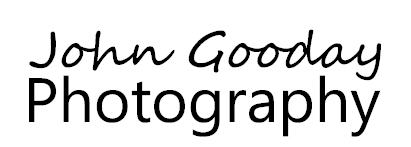Unless you enjoy lying on the ground, you'll want to raise your tray above ground level. Ideally, your camera will need to be level (or just above level) with the surface of the water so that you are at eye level with the birds. A garden table works well or wooden fruit boxes are a cheap alternative, although they don't like quite as nice. As you'll be filling the tray with water and other heavy items it's a good idea to place some supporting wooden beams under the tray to prevent it from bending, as shown below (your local DIY shop will have a range of these in stock).
It's important to place the tray so that it's both somewhere attractive to birds and has a nice background for photography. Birds like to have nearby cover, so positioning the tray with bushes , trees or a hedge on one side is usually a good idea. Quite often birds will drink straight after eating a dried food, such as bird seed, so placing feeders around the pool will help bring birds into the right vicinity. Make sure that the feeders aren't hanging over the trayor you'll end up with seeds dropping into the water which is both unsightly and a health risk to birds as they may rot and poison the water.
Usually an uncluttered smooth background is best. The easiest way to get this is to have bushes or trees in the distance behind the tray, and the camera near to the front of the tray. I tend to find that placing the camera so that it will just focus on the nearest part of the water is usually a good starting point. Obviously, this will depend on how close your lens focuses. If the minimum focus distance of your lens is quite long, then you could try reducing it by adding an extension ring between the lens and camera (most camera manufacturers make these and, as they are just spacers without any glass in them, they don't reduce the optical performance of the lens. Cheaper third-party alternatives are available - make sure that the ones you buy support autofocus as some don't). Extension rings work best on prime (i.e. fixed focal length) lenses - on many zooms, they won't work as the complex optics of the lens often means the minimum focal distance of the lens with the extension ring can be shorter than the length of the lens itself. The ideal distance from the tray to the background will depend on the lens you'll be using. Lenses with long focal lengths (300mm upwards) and large maximum apertures (e.g. f/4 and wider) will let you get away with a shorter distance to the background than if you use an f/5.6 or 200mm lens. The only sure way of telling is to take a picture and see what the background looks like.
Finally, you'll need to make sure that the light is in the right place for photographing. This depends on taste (although most people like the light to be behind them). You'll need to check that the light is where you want it at the time of day you'll be doing most of your photographing.
Wherever you position the camera, you'll need to ensure that it (and the photographer) are concealed. A pop-up hide (as shown in the image above) is the most flexible solution (a wide variety of inexpensive models are available from Amazon, or if you'd like something a bit more serious www.wildlifewatchingsupplies.co.uk offers vary good cloth dome hides). If you don't want to use a hide, but you could shoot from an (open) window in your house / garden shed if you can position the tray appropriately for cover, background and light. Camouflage netting draped around the camera and window is very helpful for remaining hidden from the birds visiting the trayf.














